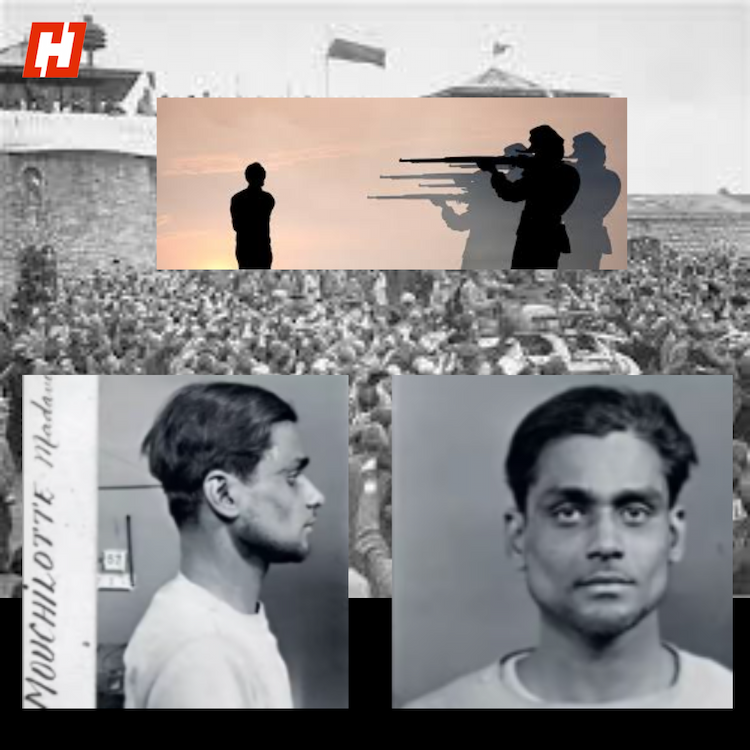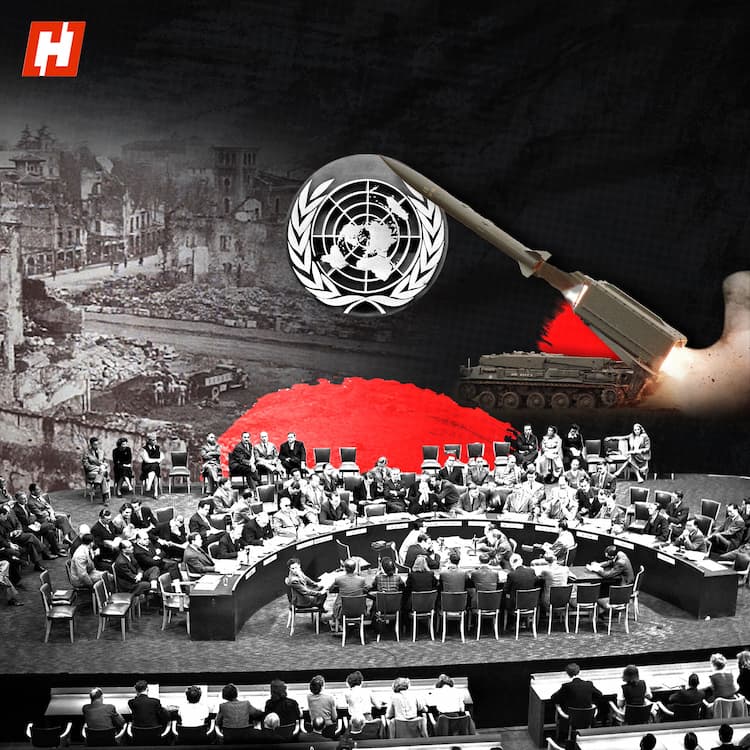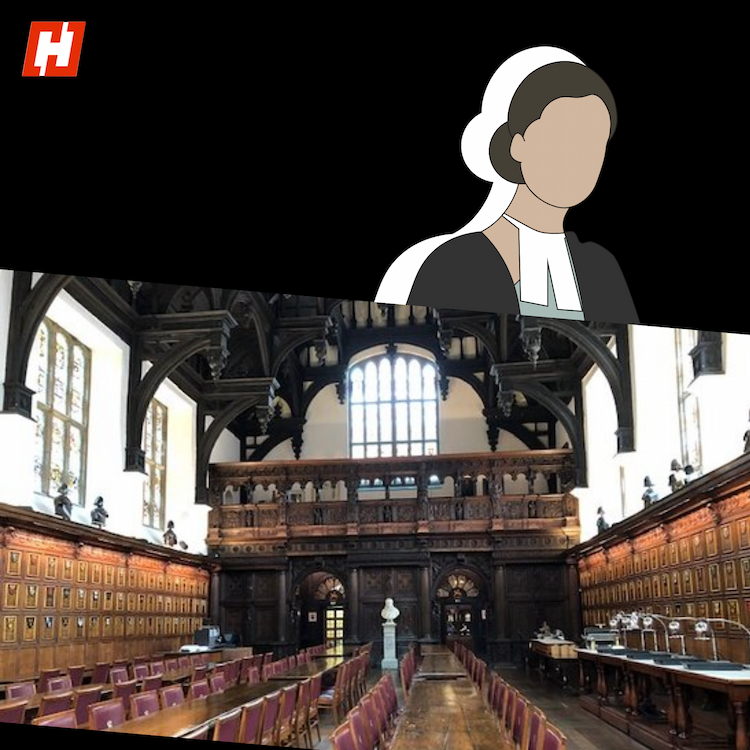On August 15, 1947 marked the dawn of a new chapter in India’s history. In Delhi, Jawaharlal Nehru delivered his first speech as Prime Minister of independent India. The next morning, he hoisted the tricolour at the Red Fort before a jubilant crowd.
But where was the man who had led the largest non-violent movement in history? Mahatma Gandhi did not attend any of the Independence Day celebrations in Delhi. Instead, he was in Calcutta.
The city was still reeling from the bloodshed of Partition. Hindus and Muslims had turned on each other, lives were being lost to communal violence, and the air was thick with the smell of smoke and fear.
A vow instead of a flag
Gandhi’s response to the violence was neither a parade nor a political speech. “If one life is taken,” he declared, “I shall fast unto death.” It was a simple but profound moral threat.
He walked through tense neighbourhoods, met leaders from both communities, and urged them to lay down their arms.
And it worked
In Calcutta, the streets grew quiet. Neighbours who had been at one another’s throats just days before put down their weapons, and the violence subsided.
The peace was short-lived, but when tensions flared again a fortnight later, it was Gandhi’s fast that became the turning point, securing a more lasting harmony.
Lord Mountbatten, the last Viceroy of British India, later described Gandhi as a “one-man boundary force” – marvelling at how one unarmed man could pacify a city on the brink.
Two capitals, two missions
While Nehru stood on the ramparts of the Red Fort, announcing India’s arrival on the world stage, Gandhi was in Calcutta, holding the fledgling nation together before it could splinter. One leader waving the flag of a free India, the other safeguarding its fragile unity.
The freedom he chose
Gandhi’s absence from Independence Day was no oversight, it was deliberate. For him, freedom meant little if it came at the cost of peace.
And so, on the most celebrated day in India’s history, he was not in the capital’s spotlight but in Calcutta’s narrow lanes, ensuring that the tricolour would rise over a country at peace with itself.





